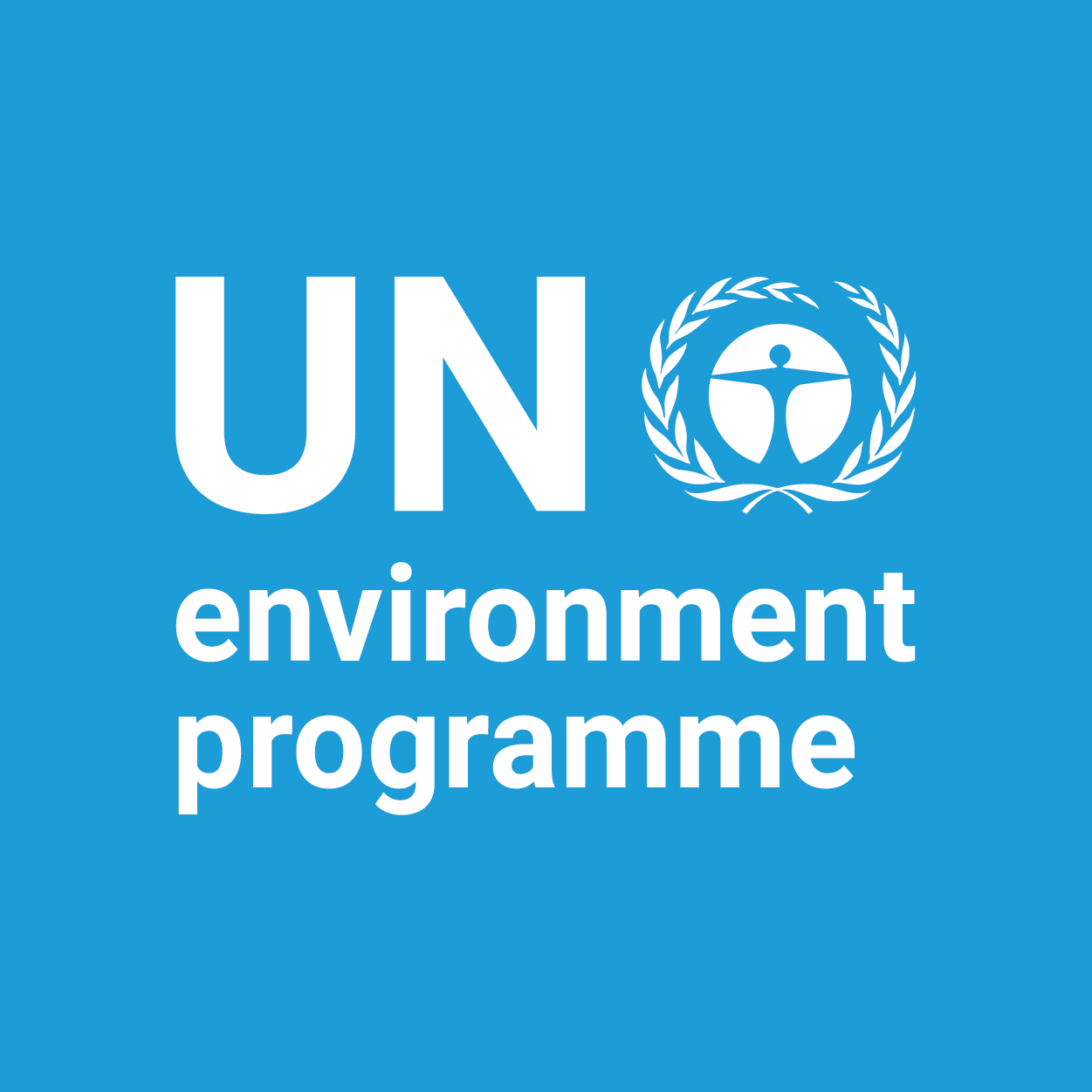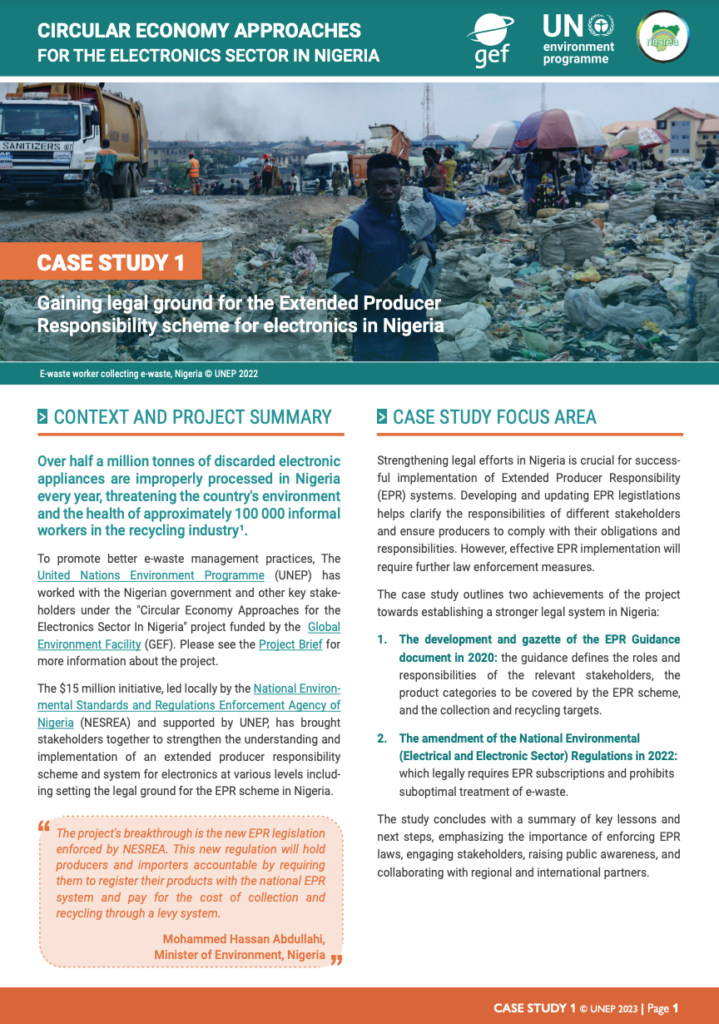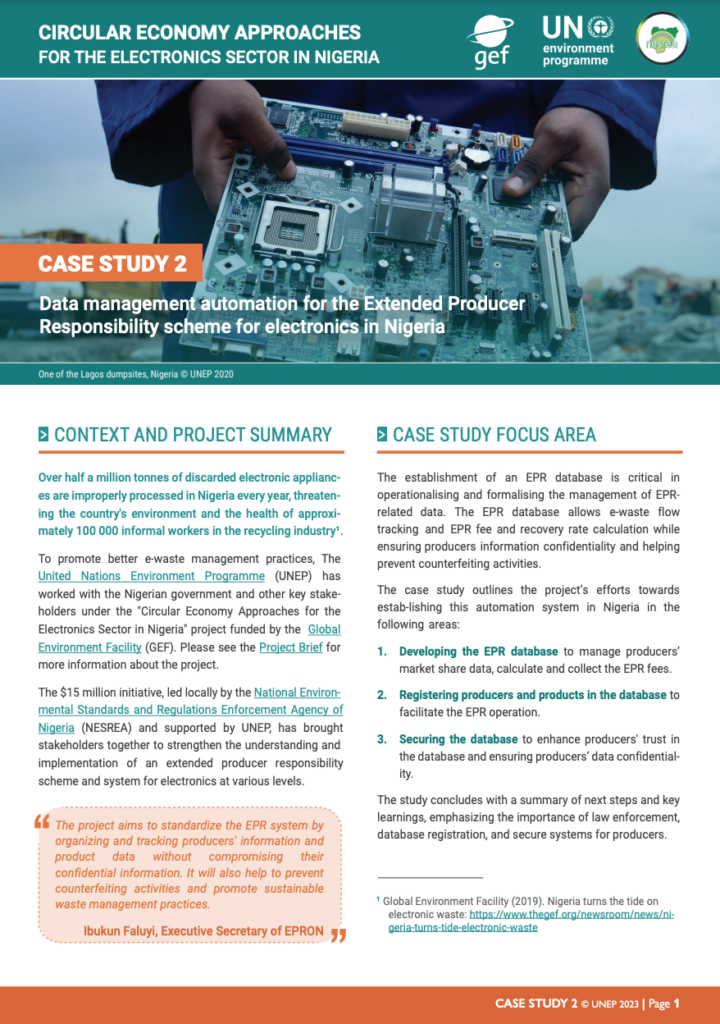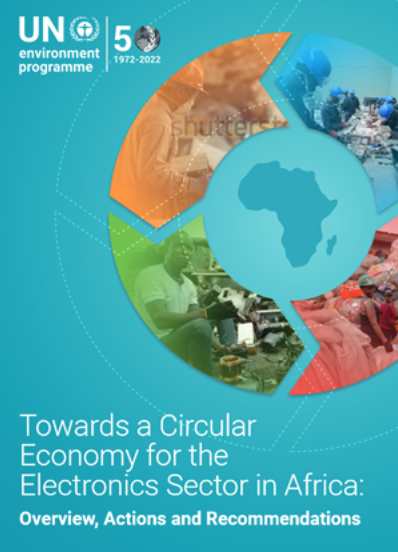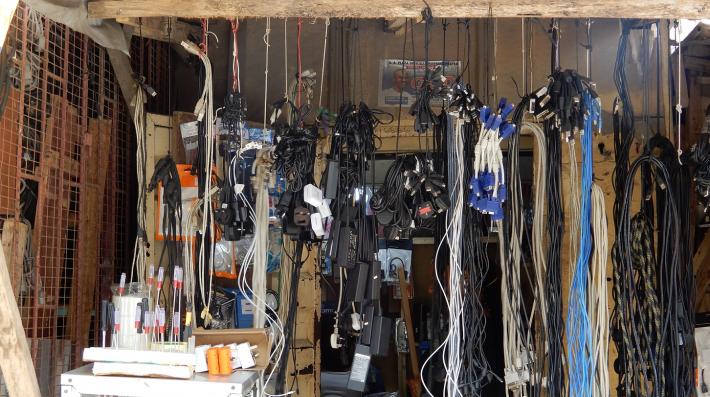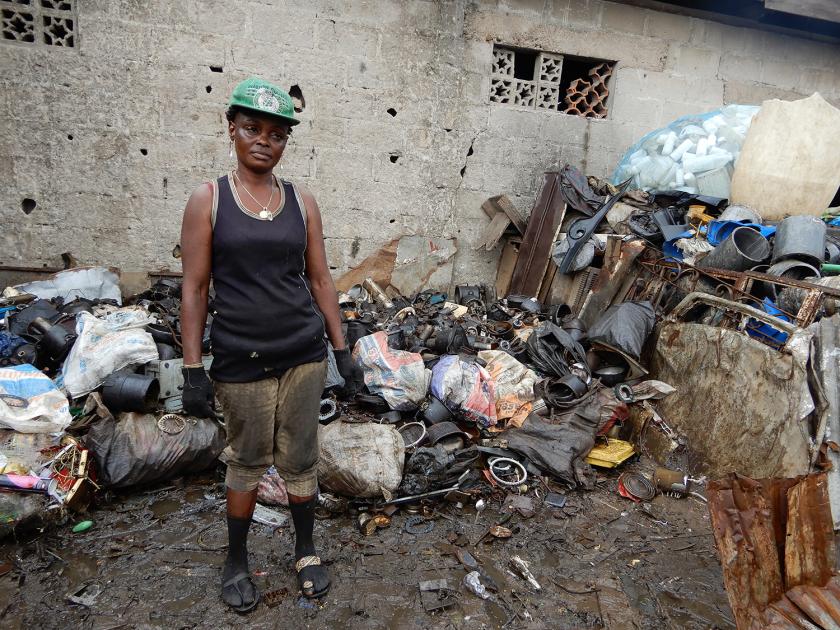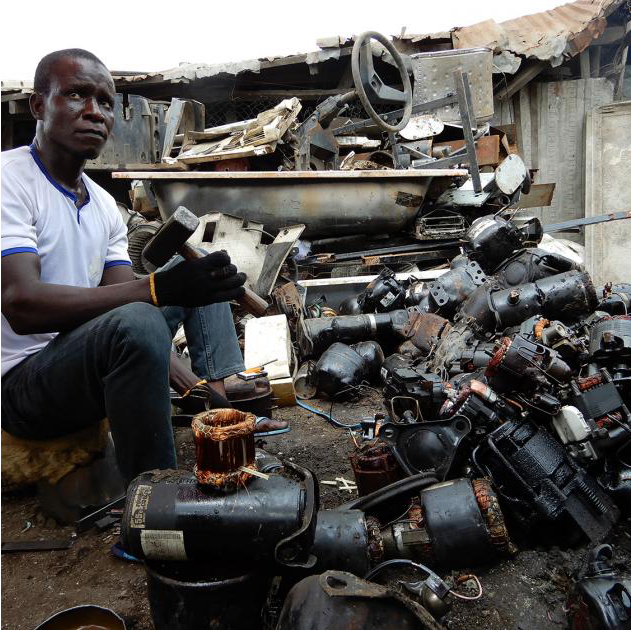In this page: Stories | Resources

A record 53.6 million metric tonnes (Mt) of electronic waste was generated worldwide in 2019, up 21% in just five years. It is predicted that global e-waste – discarded products with a battery or plug – will reach 74 Mt by 2030, almost a doubling of e-waste in just 16 years. This makes e-waste the world’s fastest-growing domestic waste stream. Only 17.4% of 2019’s e-waste was collected and recycled.
The majority of e-waste likely ends up in incineration, in landfills, or treated by the informal sector. The unsound management of e-waste leads to loss of valuable resources; air, water and soil pollution to the local environment from the toxic and hazardous substances; contamination of the global environment via release of POPs and mercury; and health risks to the informal workers and communities close to the toxic waste dump sites.
A circular model for electronics will ‘close the loop’ through actions across the upstream, mid-stream and downstream of value chain, including designing for product lifetime extension, promoting repair and refurbishment and improving recycling. Key interventions to improve the circularity of the electronics sector include:
-
- Support governments in the emerging economies to introduce and implement legislation on circular economy, value retention and Extended Producer Responsibility, in the area of defining policy priorities, target settings, stakeholder engagement, and establishing sustainable financing mechanism.
- Engage with global producers and local producers in countries, to promote eco-design, second-hand markets, repair, refurbishment and remanufacturing, sustainable service system and innovative business models; as well as developing Producer Responsibility Organisations to take back and treat end-of-life electronics with financing in place.
- Design and plan campaigns and communication with consumers, to raise awareness on product lifespan and right to repair, as well as encourage them to extend the product lifetime shifting towards a more sustainable lifestyle and behaviour in terms of consumption and waste disposal.
- Organise national, regional and international dialogues with leaders, innovators, forerunners to share best practices and success case to disseminate the concrete examples on implementing circular economy for the sector.
Useful resources
Stories
Click below to learn about UNEP experience in building circularity:
